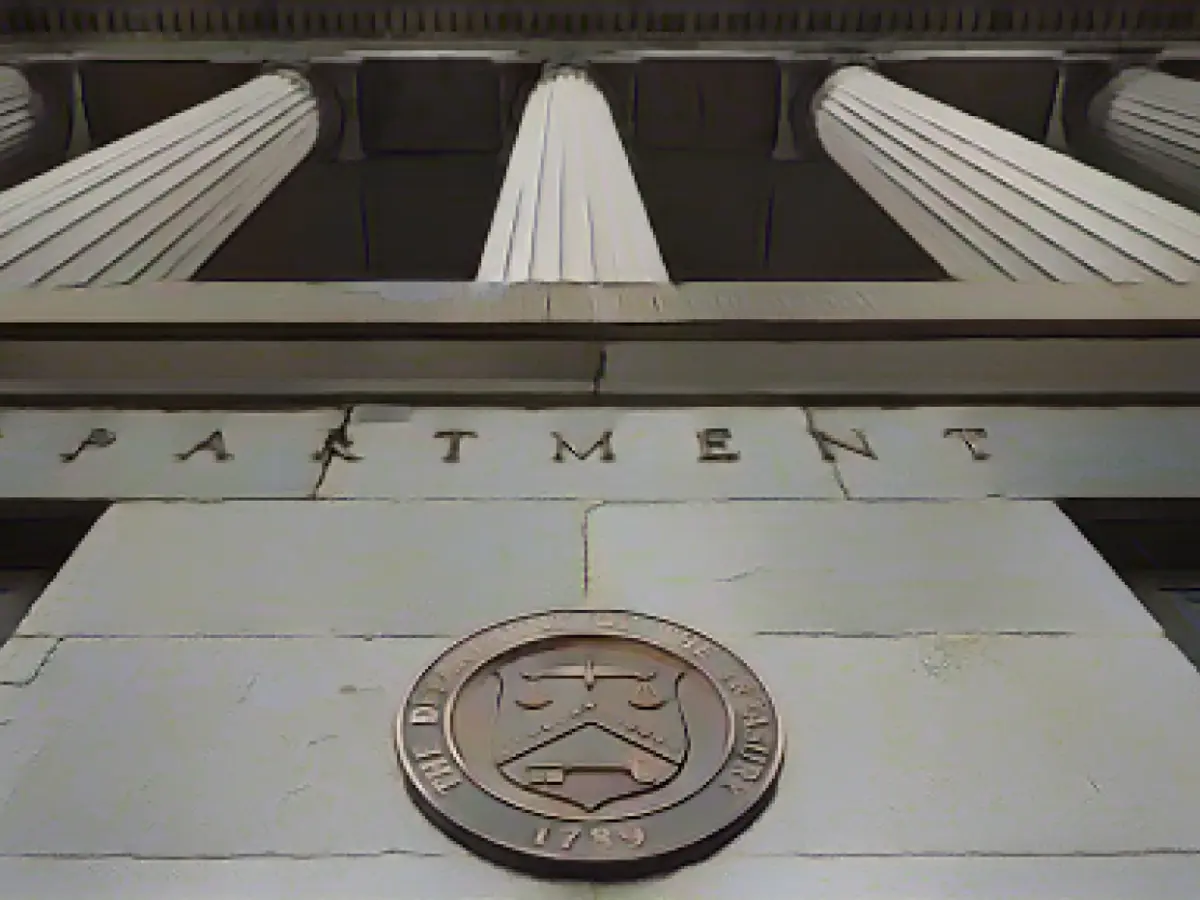AI Warnings from Top Regulators: Navigating Artificial Intelligence Risks in Finances
Financial stability regulators in the United States have officially recognized artificial intelligence (AI) as a new vulnerability, a move that echoes the concerns voiced by some of the tech industry's top names.
In their annual report, the Financial Stability Oversight Council (FSOC) -- an assembly of high-ranking regulatory bodies under the U.S. government, led by Treasury Secretary Janet Yellen -- has cited AI as a potential threat that demands careful implementation and monitoring to manage potential risks.
While mentioning that AI can drive innovation and boost efficiency in financial services, the FSOC underscored the need for a cautious approach. This is chiefly due to the complexity of AI models, which could potentially bring up risks like cybersecurity concerns, compliance issues, and data protection challenges.
Specific worries related to AI include concerns about cybersecurity, compliance, and data protection. The FSOC specifically pointed out the challenges posed by complex AI models like ChatGPT, warning against the risks that such models may pose to security, consumer protection, and data privacy.
One of the main concerns is that some AI models function like black boxes. A lack of transparency regarding the inner workings of these models can make it difficult to evaluate their robustness, which may, in turn, amplify uncertainty about their applicability and reliability.
If financial institutions rely heavily on opaque AI models, it can become challenging to fathom how capable those underlying systems truly are. Given this situation, financial regulators have expressed concern about the potential for such AI systems to generate biased or inaccurate results.
Two years ago, financial regulators cautioned that climate change posed a growing threat to financial stability in the U.S. Now, with AI and technology adoption booming, the U.S. administration has urged federal agencies to implement measures to protect AI development, which is on the rise as a thriving application and investment area.
In view of growing AI complexity, it may become increasingly difficult to identify and rectify flaws and distortions, thus further emphasizing the importance of vigilance among AI developers, financial institutions, and regulatory bodies.
The enthusiasm for AI and tools like ChatGPT shared by many businesses has increased interest in AI technologies. This newfound appreciation for AI demands thoughtful consideration as regulators and financial institutions work to ensure the responsible adoption of these powerful tools.
Insights from Expert Enrichment:
Financial regulators have several ways to mitigate the risks of employing AI in the financial services sector:
- Fostering a Governance Framework:
- Establishing AI Steering Committees: Assembling governance committees to formulate high-level AI governance policies, regularly assessing use cases and tackling emerging risks.
- Creating Comprehensive Governance Frameworks: Developing comprehensive governance frameworks that validate responsible AI usage in line with organizational and regulatory standards.
- Amplifying Risk Management:
- Proactive Risk Management: Incorporating risk management tactics within the development and deployment stages of AI projects to anticipate and address potential issues.
- Continuous Monitoring: Regularly inspecting AI systems to detect biases and performance reductions, utilizing tools such as KPI dashboards and automated bias alerts.
- Emphasizing Data Security and Privacy:
- Upholding Data Protection: Ensuring adherence to regulatory standards, consumer trust, and data protection by adhering to organized, accurate, and well-tagged data sets.
- Implementing Strong Cybersecurity Measures: Establishing robust cybersecurity programs to counter the escalating number, sophistication, and severity of cybersecurity attacks orchestrated by AI-driven bad actors.
- Regulatory Scrutiny and Compliance:
- Regulatory Oversight: Performing routine examinations to assess whether financial firms have implemented adequate policies and procedures to oversee and control AI usage in functions like trading and client data security.
- Disclosure Requirements: Ensuring accurate disclosures on AI applications, including risks and AI management information in reports. The Securities and Exchange Commission (SEC) has emphasized the necessity of engaging in thorough oversight and reporting.
- Overcoming Bias and Accuracy Challenges:
- Bias Detection: Recognizing and addressing potential risks related to AI accuracy or AI bias, along with concerns about data provenance. Putting measures in place to counter these hazards and ensure fair AI systems.
- Implementing Robust Validation Processes: Pursuing rigorous validation procedures to verify AI-provided analysis, insights, and recommendations, ensuring that accountability for accuracy lies with the institution, not the AI system.
- International Cooperation and Consistency:
- Regulatory Clarity: Eliciting a coordinated and consistent regulatory response to the unique potential opportunities and risks presented by AI, including clarifying how to gauge AI's impact on discriminatory effects and maintaining a standardized approach to AI usage across various territories.
- Cultivating Public-Private Partnerships:
- Information Sharing: Encouraging public-private collaborations to foster information exchange on best practices and evolving AI technologies. As a result, this collaborative effort can help in the development and deployment of AI while addressing underlying risks.
By integrating these strategies, financial regulators can effectively steer clear of potential AI risks in the financial services sector, promoting a more accountable and responsible adoption of AI technologies.








